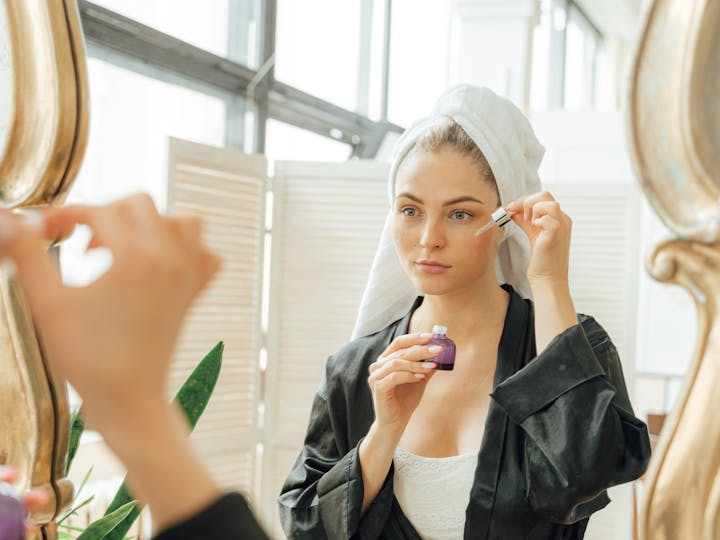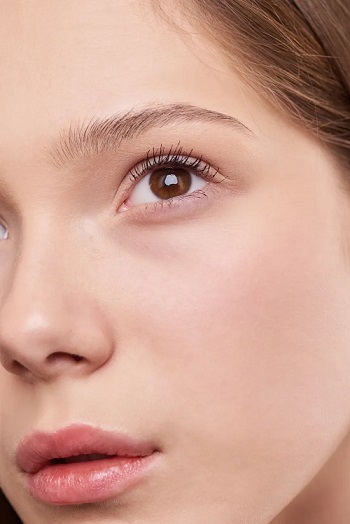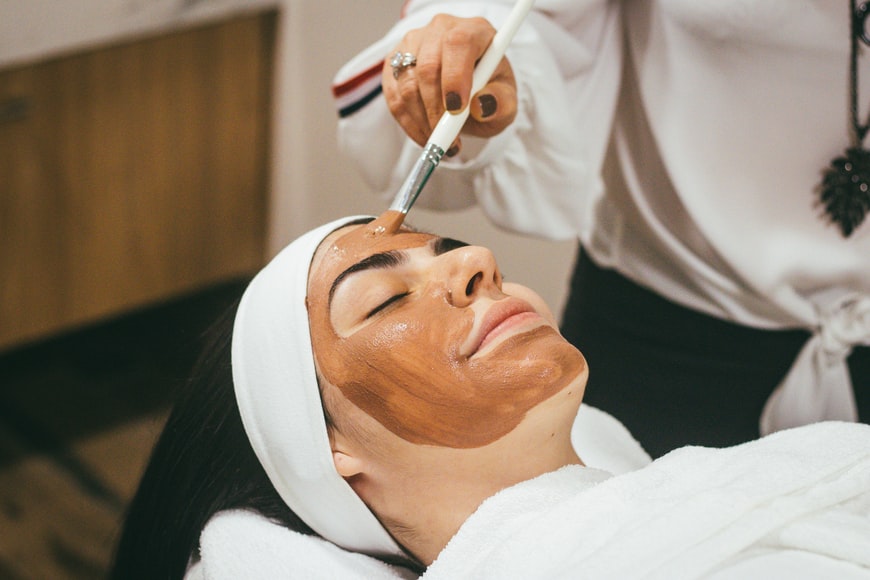You’ve probably done it—seen a breakout, grabbed concealer, and hoped no one notices. But have you ever paused to ask why your skin keeps acting up? What if those blemishes and dry patches aren’t just random—they’re signals your skin wants help, not hiding.
That’s the real shift happening right now. More and more people are choosing to fix the issue instead of covering it. And it’s not about ditching makeup; it’s about giving your skin what it truly needs.
In this article, you will learn why cover-ups can make things worse, how to build a skin-first mindset, and what kind of care actually brings lasting results. Because real glow doesn’t come from layers—it starts underneath.
The Problem with Relying on Coverage
There’s a reason your foundation doesn’t always feel like a fix. Daily makeup routines, especially full coverage ones, often lead to clogged pores, irritation, and dry spots. Instead of helping, they can make the skin feel more sensitive over time.
Heavy products create a cycle. You break out, so you cover it. But that coverage traps oil and bacteria, which leads to more breakouts. And so it continues.
That’s why relying only on makeup masks the issue—literally. It hides what your skin needs and delays real progress. You don’t need to ditch makeup entirely. You just need to start with skin-first thinking.
Your Skin Talks—Are You Listening?
Your skin communicates clearly if you know how to pay attention. A sudden breakout after a new serum? That’s not random. Dry flakes around the nose? Your barrier might be compromised. A shiny T-zone every afternoon? That’s a call for balanced hydration, not more blotting powder.
Instead of covering symptoms, get curious. What changed in your routine? Did the weather shift? Are you drinking enough water? The answers are usually right in front of you. Learning to listen means your skin gets what it actually needs, not just what looks good for a moment.
Building a Skin-First Routine
Let’s start here: not every product works for everyone. Two people with the same breakout may need completely different routines depending on their skin type. That is why guessing rarely ends well.
Luckily, these days, many platforms now guide you based on your actual skin type. You answer a few simple questions, and they suggest dermatologist-recommended skincare backed by science, not hype. These systems are built with clinical insights, not influencer favorites.
Still, it’s always a smart move to check with your dermatologist before making big changes. Professionals can spot underlying conditions. Once you know your skin type and what ingredients it responds to, every purchase becomes smarter and more effective.
No more trial-and-error drawers full of unused creams. Just a personalized routine that actually works.
Ingredients That Heal—Not Hype
Glowing skin doesn’t come from chasing every trending ingredient. It comes from choosing products with purpose—ones that repair, protect, and support the skin barrier.
Hydrators like hyaluronic acid, gentle exfoliants like lactic acid, and soothing agents like niacinamide are great examples. They don’t just make your skin look better—they help it feel better too. However, they do not suit every skin type.
Some of these popular ingredients can do more harm than good. For example, if you incorrectly use strong retinoids, harsh acids, or abrasive scrubs, they can irritate sensitive skin. And too often, these make their way into routines just because they’re “popular.”
Therefore, it is important to stick to gentle, proven formulas that suit your skin type. That’s where real change happens.
The Makeup-Skincare Balance
This isn’t about saying goodbye to your favorite bronzer. Makeup still has a place—but the role it plays changes.
Once your skin improves, you will notice you need less base makeup. You will reach for lighter formulas, maybe even skip foundation on some days. That is the beauty of skin-first care: it frees you.
Before makeup, prep your skin. A lightweight moisturizer, a hydrating mist, and a protective SPF can make a visible difference. It helps your makeup sit better and protects the skin underneath.
Emotional Benefits of the Skin-First Approach
Waking up and not rushing to cover your face feels different. It’s not just about saving time—it’s about showing up as yourself, with more ease and less pressure.
There’s confidence in knowing your skin feels good even without makeup. That quiet comfort shows up in meetings, on casual days out, and in moments where you want to feel seen, not hidden.
This approach also lifts a weight off your mind. You’re no longer chasing perfection. You’re responding to what your skin needs, and that feels empowering.
The glow becomes real, not just something you draw on with a highlighter.
Wrapping It All Up!
Your skin isn’t a problem to fix. It’s a part of you to care for. Makeup enhances. But skincare heals. And when you give your skin what it needs, everything else becomes easier.
Forget the pressure to do everything. Just do what works for your skin, your time, and your peace of mind. Choose products backed by professionals, not just popularity. Consistency and intention will take you further than any full-coverage foundation ever could.




